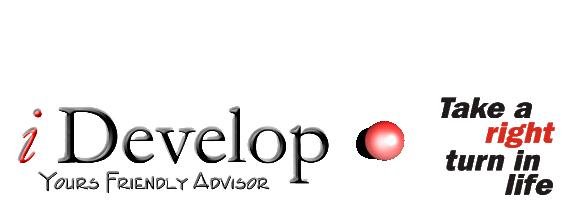|
Determining risk adjusted return is an important part of
selecting the right fund for your clients. Some of the most popular ways to
measure risk adjusted returns are Sharpe ratio, Treynor ratio and alpha.
Your
clients might be tempted to invest in funds which yield higher returns.
However, this might not be the foolproof way of shortlisting schemes. The
higher returns provided by one fund in comparison to its peers could be the
result of excess risk taken by the fund manager. Higher risk may result in
higher return but it could also mean sacrificing the quality of a fund’s
portfolio. In this context, finding out risk adjusted return of a fund becomes
important.
A
fund manager, who has taken higher risk, ought to earn a better return to
justify the risk taken. A fund manager who has generated a lower return may be
able to justify it through the lower risk. Here are a few ways to evaluate risk
adjusted returns.
Treynor Ratio
Treynor
Ratio is one of the methods to establish the relation between risk free return
and expected return from the fund. Also known as reward-to-volatility ratio, Treynor
ratio is the excess return generated by a fund over and above the risk free return
(government bond yield) .It is similar to Sharpe ratio though one difference is
that it uses beta as a measure of a measure of volatility. The performance of fund is termed as good
only if Treynor ratio is higher.
Alpha
It
is a measure of performance on the basis of risk adjusted return. It is the
difference between scheme’sexpected return and its actual return. If value of alpha
is positive then fund has outperformed the benchmark and vice versa. It shows
how much value the fund manager has added to the portfolio beyond the returns
generated by a fund’s benchmark.
Alpha
indicates the performance of a fund manager. Since the concept of Beta is more
relevant for diversified equity schemes, Alpha should ideally be evaluated only
for such schemes.
Sharpe Ratio
Mathematically,
the measurement of Sharpe Ratio is based on standard deviation, risk free
returns and expected return earned by the performance of fund. It is also one
of the important indicators of fund’s performance vis-à-vis the risk taken by a
fund manager. Higher the value of Sharpe ratio, better the scheme. Sharpe ratio
can be easily calculated in excel sheet. Click here for
more information on Sharpe ratio.
|

No comments:
Post a Comment